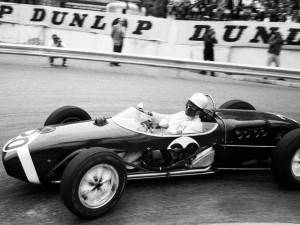
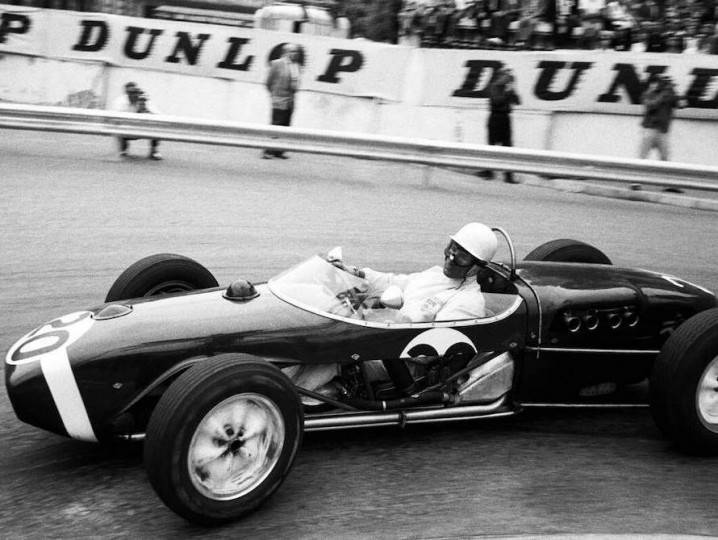
1961 Monaco Grand Prix
Motorsport is a funny thing in one aspect, especially Formula 1. A driver can be the odds-on favourite to win multiple races or even a title one season. However, a total underdog the next. Before this unprecedented global health crisis, F1 was planning to limit such swings but that is a topic for another day.
That day, whenever it comes will be way different to 14 May, 1961. The opening round of that year's Formula 1 World Championship. Stirling Moss' days of being in Mercedes-Benz's super team with Juan Manuel Fangio were long over. Moss was almost like a super-fast apprentice for the Argentinian legend.
But then came the 1955 24 Hours of Le Mans and Pierre Levegh's horrific crash that killed Levegh and 84 spectators. Till date, the deadliest crash in motorsport history prompted Mercedes to stop all their motorsport operations immediately. Fangio had no trouble finding a top drive until his eventual retirement in 1958. Moss, however, was not so fortunate. Not to mention, he only wanted to drive for a British manufacturer and beat the German and Italian manufacturers.
From 1955 to 1961, he was a runner-up in the driver's world championship four times and third once. The third-place finish was in 1961, the first year when a new set of technical regulations were introduced to cut costs and try to lure more manufacturers to F1.
Maximum engine capacity was cut from 2.5 litres to 1.5 litres. Ferrari was well placed to take advantage with a car that has its place in F1 history as a dominant machine, the 156 'Sharknose'.
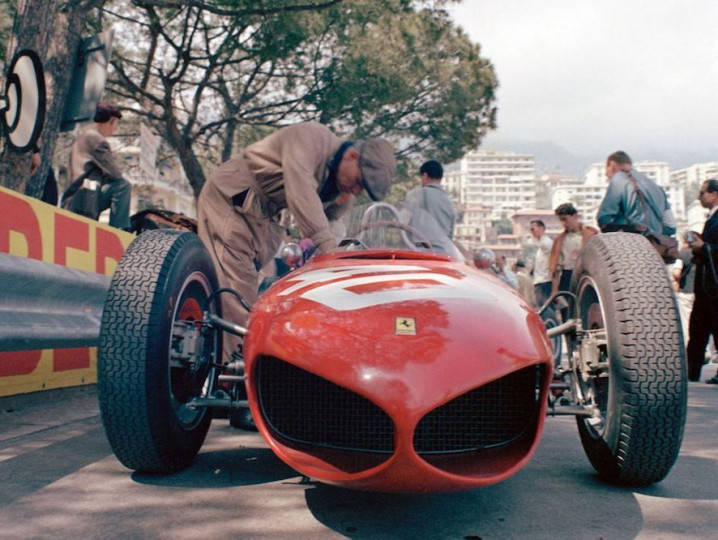
However, it wasn't a Ferrari that was on pole position for the race, it was a year old Lotus 18 with a British made Coventry Climax engine that was giving up a lot of power to the Ferraris. And who was the man behind the wheel of that car, you ask? It was Stirling Moss.
Monaco's layout in that year was without the chicanes that slow the cars down today, and before you start to reminisce about the 'good old days,' just keep in mind that the best of the current generation of turbo-hybrid F1 cars are 1,000bhp beasts with road holding capabilites that would have made a driver from the 'good old days' think he was in something not from this planet. I digress, however, so let's head back to 1961.
Moss got away at the start of the race while the Sharknoses of eventual world champion Phil Hill and Richie Ginther got stuck behind the slower Porsche of Joachim 'Jo' Bonnier. Yes, you read that right, Porsche used to have a fully-fledged factory team in F1. Eventually Hill and Ginther got past Bonnier and then the hunt was on.
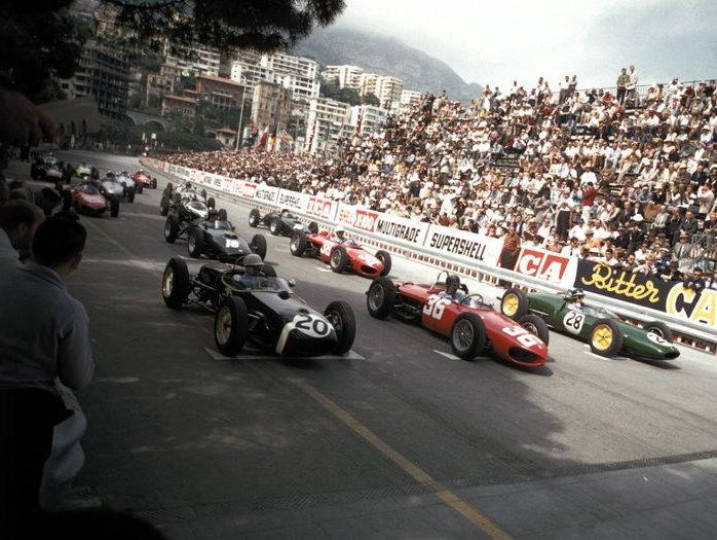
These days the race distance at the Monaco Grand Prix is less than the standard F1 race distance of around 300km in order to make the event easier to package for TV broadcast. But back in the era before sport in general (forget about just motorsport) got influenced by TV and fans along with regular people who just wanted a distraction from the mundane grind of life; things were as the purists would say, more...pure.
One hundred laps had to be run around the 3.145km Monaco circuit in 1961. That came out to a race distance that was over 50km more than what had to be covered in two hours or less in 2019. And while the cars were much slower, well, I don't have to tell you that the purely mechanical era of racing taxed drivers in a way that the superstars of today could not imagine.
In those days, a driver would have to change gears around 2,600 times during a race, or around once every three seconds. Drivers would only ever come into the pits if their car was about to fail so it was a non-stop grind...for two and a quarter hours. No electronics or power steering to help you out then.
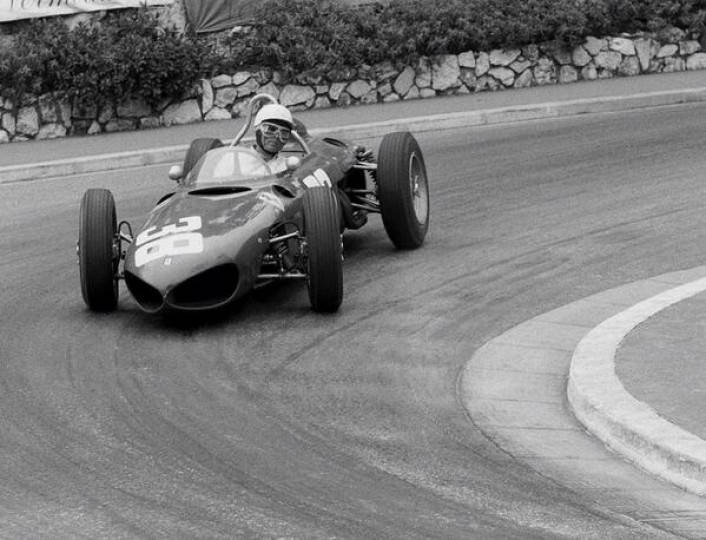
In these conditions Moss was being hunted by the best that the team synonymous with F1 had to offer. The end result is something you can easily find online and if you looked at it as just a stat - Moss winning by 3.6 seconds over Hill with Ginther 41.3 seconds behind - that's alll it will be, another statistic. But if you add context to that statistic, you will fully realize just how different the definition of normal was back then; and how paranormal Stirling Moss' driving talent really was.
from zigwheels https://ift.tt/3crCSEk

0 comments:
Post a Comment